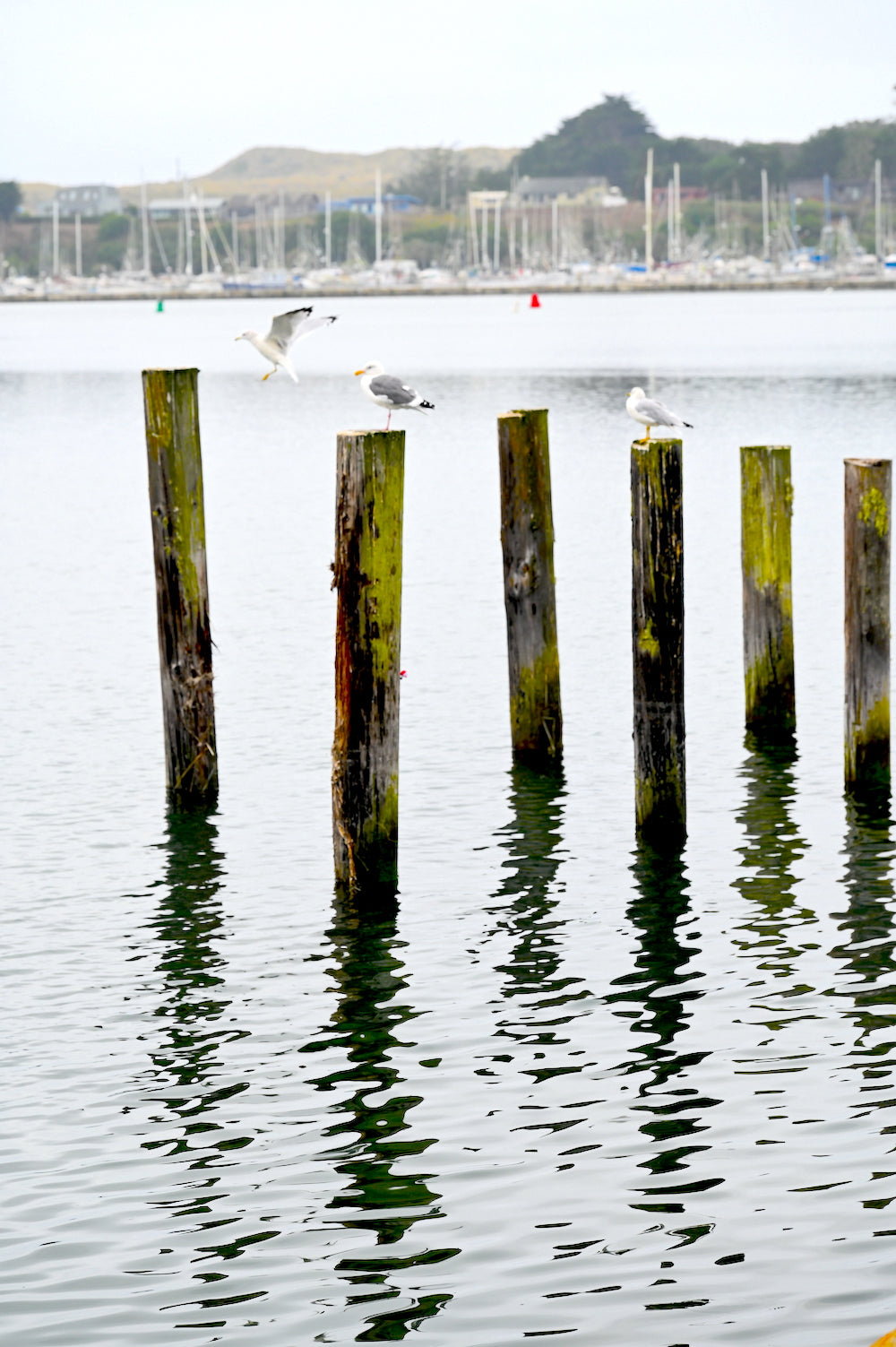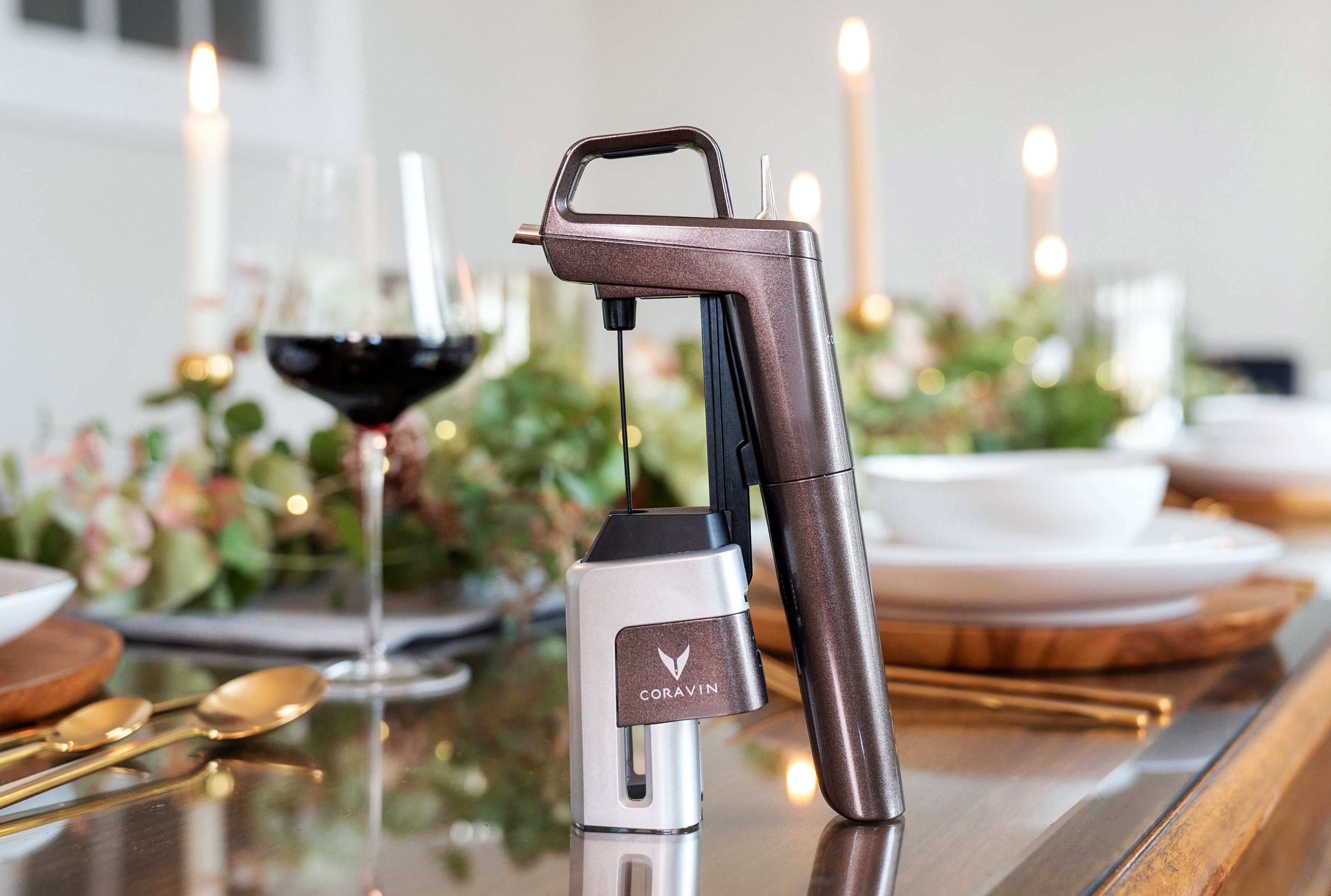Wineries Near Highway 12 - Sonoma Vineyard Tours
Wine tasting is an art that combines sensory experience with an appreciation for the nuances of different varietals. How to judge flavors in winery wine tasting periods is pivotal to grasping the complexities of wine.
Partaking in a wine tasting involves greater than merely sipping and savoring. It requires a targeted approach to identify aromas and flavors that every wine presents. As you start, observe the wine's look, noting its color and clarity. These visual cues usually suggest a wine’s age, grape variety, and even potential flavor profiles.
The subsequent step in the tasting process is to swirl the wine in your glass. This motion releases fragrant compounds which would possibly be very important for analysis. Lean in and take a moment to inhale deeply; the aromas can vary from floral and fruity to spicy and earthy. The nostril of the wine is just as important because the palate, and recognizing scents performs a significant role in understanding the general experience.
When taking your first sip, permit the wine to maneuver throughout your palate - Best Chardonnays From Sonoma Winemakers. Discover the initial flavors that present themselves. Is the wine fruity, floral, or perhaps herbaceous? This initial taste offers insight into what the wine is likely to specific as you proceed to gauge it. The mouthfeel also contributes to the overall flavor experience; it can be silky, tannic, and even effervescent.
Wineries With Unique Varietals - Unique Wine Tasting Experiences In Sebastopol
As you proceed tasting, take note of the wine’s balance. A well-balanced wine will harmonize acidity, sweetness, and tannins. If one part overwhelms the others, it might indicate a less fascinating high quality. Evaluating steadiness might help you establish how properly the wine might pair with food.
Transitioning to the end, consider how the flavors evolve because the wine lingers in your palate. A long, nice end can point out a high-quality wine, whereas a short or abrupt end may suggest otherwise. Replicate on whether or not the flavors stay constant or if new notes emerge as the wine settles. This progression can reveal complexities and intricacies that might not have been obvious within the preliminary tasting.
Temperature can be an important factor in evaluating wine flavors. Completely Different kinds of wine are optimally loved at specific temperatures. White wines often shine when chilled, whereas purple wines generally carry out best at room temperature. When tasting, make certain the wine is on the acceptable temperature to completely respect its character.
Wineries Near Highway 12 - Sonoma's Hidden Winery Gems
Pairing food with wine can significantly improve the tasting experience. Meals can influence the perception of flavors in wine, both highlighting sure traits or diminishing them. When evaluating flavors, contemplate how the wine interacts with completely different meals, noticing which flavors are amplified or muted (Wine Tasting Experiences With Local Cheese).

Think About the affect of terroir as you interact in a winery tasting. Terroir encompasses the distinctive environmental elements that have an result on grape growing, together with soil composition, local weather, and geography. Understanding a wine's terroir can present perception into its flavors and aromas, fostering a deeper appreciation for the alternatives made throughout its cultivation and manufacturing.
Schooling plays a fundamental position in enhancing one's ability to judge wine flavors. Studying about grape varieties, wine areas, and manufacturing methods can pave the way in which for more knowledgeable judgments throughout tastings. Additionally, attending workshops or classes can refine sensory skills and broaden your flavor vocabulary, enabling you to articulate tasting notes extra successfully.
Finally, it's essential to keep in mind that evaluating wine flavors is a highly personal experience. Particular Person preferences and perceptions will invariably shape one’s tasting journey. Enjoyment must be at the forefront, with the evaluation process appearing as a device to enhance understanding and appreciation rather than create rigid guidelines.
Wineries Known For Handcrafted Wines - Discovering Sebastopol's Wineries
In conclusion, mastering how to evaluate flavors in winery wine tasting periods includes a combination of over at this website sensory engagement, knowledge, and practice. By learning to identify aromas, assess the steadiness, and appreciate the intricacies of flavor, wine enthusiasts can deepen their connection to each bottle they encounter. As with any art kind, the more one immerses themselves in the experience, the extra they will uncover and benefit from the vast world of wine.
- Start by observing the wine's colour and readability, as these visible components can trace at its flavor profile and getting older potential.
- Swirl the wine gently in your glass; this releases fragrant compounds, permitting you to raised identify the complicated scents related to the wine.
- Take a deep inhale earlier than tasting, specializing in each primary and secondary aromas to gather insights on fruits, spices, and different nuances.
- When tasting, permit the wine to coat your palate; note the preliminary flavors, the mid-palate complexity, and the finish as these phases can provide different flavor highlights.
- Pay consideration to texture and mouthfeel, as aspects similar to tannin ranges, acidity, and sweetness contribute considerably to the general tasting experience.
- Compare flavors towards standard wine characteristics; for purple wines, think about berry notes, oak affect, and herbal tones, whereas whites might embody citrus, stone fruits, and floral hints.
- Take notes through the tasting session to track your impressions, helping you to recollect and evaluate the different wines sampled.
- Talk About your findings with fellow tasters or winery staff, as sharing insights can improve understanding and appreciation of particular person flavors.
- Enable time for the wine to breathe; generally, flavors evolve and reveal new dimensions after being uncovered to air.
- Experiment with food pairings in the course of the tasting as they'll dramatically alter how flavors are perceived, influencing total enjoyment.undefinedWhat should I look for when evaluating the aroma of wine throughout a tasting?
Begin by swirling the wine in your glass to launch its aromas. Bring the glass to your nostril and take a deep breath. Pay attention to the first scents you detect, as these are sometimes essentially the most distinguished. Look for fruit, floral, natural, or earthy notes and try to identify specific traits, which will deepen your understanding of the wine's complexity.
Celebrated Winemakers To Discover In Sonoma - Sebastopol Wine Tours And Vineyards

How can I distinguish between completely different flavor profiles in wine?
Understand that flavor profiles are sometimes categorized as fruit, floral, herbaceous, spicy, or mineral. Take small sips and allow the wine to coat your palate. Discover the first flavors that emerge first and the subtle notes that observe. This layering is essential in distinguishing the wine's traits and will allow you to appreciate its distinctive profile.
Unique Wine Blending Experiences In Sonoma - Wineries To Visit
What is the significance of the wine's texture in a tasting?
The texture of the wine, also known as mouthfeel, plays a vital role in how we understand flavors. Pay attention to whether the wine feels clean, creamy, or gritty. The body of the wine (light, medium, or full) can enhance or contrast with flavors, providing a more rounded experience during tasting.
How do I assess the balance of flavors in wine?
Balance in wine refers back to the harmony between acidity, sweetness, tannin, and alcohol. Take a second to assess whether or not these components complement or intervene with each other. A well-balanced wine could have none of its components overpowering the others, creating a pleasant tasting experience.
Wineries With Live Music Events Occasionally - Sonoma Wine Region Vineyards
What position does temperature play in evaluating wine flavors?
Temperature can considerably impression the notion of flavors. Generally, purple wines are greatest served slightly under room temperature, whereas white wines benefit from being chilled. As the temperature adjustments, the aromas and flavors can shift, allowing you to understand completely different traits. It’s essential to taste wine at its great post to read optimum temperature for true analysis.
Romantic Winery Destinations In Sebastopol - Sonoma Wine Tasting Tour
How can I enhance my tasting skills over time?
Practice is essential to enhancing your tasting skills. Wineries Near Santa Rosa. Attend tastings, hold a journal of your experiences, and discover several sorts of wines to broaden your palate. Additionally, studying about wine production and grape varieties can present context that enhances your evaluation process, making you a extra knowledgeable taster.
Is there a particular order in which I ought to style the wines?
Wineries Specializing In Sparkling Wines - Craft Wineries In Sonoma
Sure, it’s advisable to style wines from light to full-bodied and dry to candy. This development prevents the stronger flavors from overshadowing the extra delicate ones, allowing you to totally respect each wine's characteristics and nuances without palate fatigue.
How can I evaluate the aftertaste of wine?
Historical Wineries To Visit In Sonoma - Sebastopol Wineries
The aftertaste, or finish, is a vital aspect of the wine-tasting experience. After swallowing, pay consideration to how lengthy the flavors linger on your palate and whether they change. A lengthy, nice end is often an indicator of a high-quality wine, while a brief or disagreeable end could counsel otherwise.
Why is it important to notice the wine’s acidity during tasting?
Acidity contributes to the general freshness and construction of the wine. Pay attention to the tingling sensation on your tongue; larger acidity can improve the wine's liveliness and balance out sweetness. Noting acidity helps decide the wine's versatility with food and its aging potential.
What should I do if I wrestle to determine particular flavors in wine?
Wineries Providing Guided Vineyard Walks - Top Wineries To Visit In Sebastopol
Struggling to establish flavors is widespread, particularly for beginners. Focus on broader categories and describe what you presumably can recognize, corresponding to candy or earthy notes. With practice, reading about different flavor profiles, and perhaps utilizing flavor wheels, you may refine your senses and develop a extra nuanced approach to tasting.